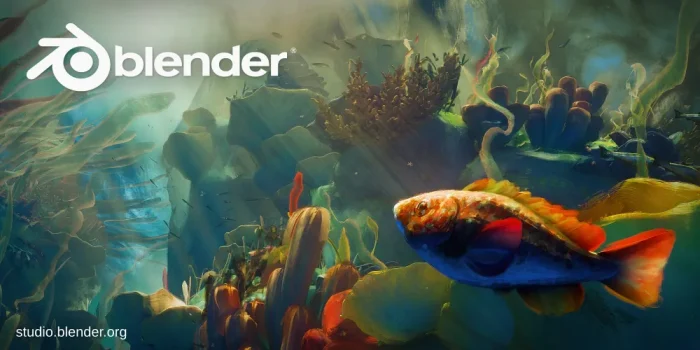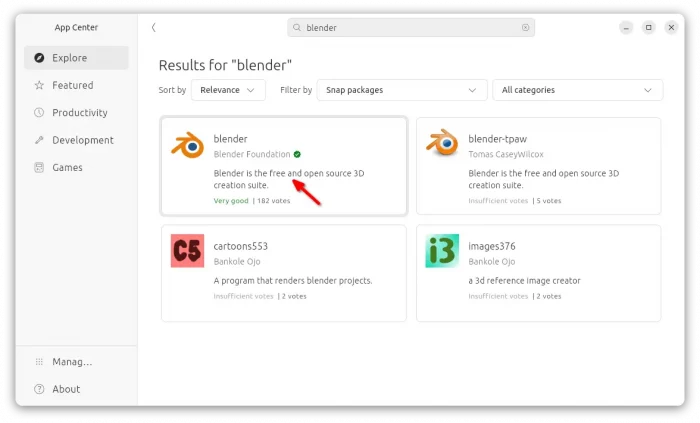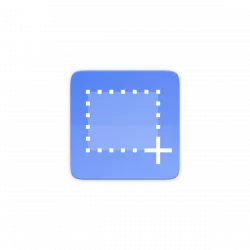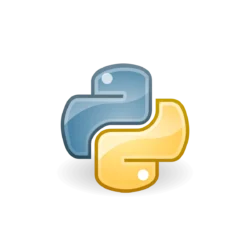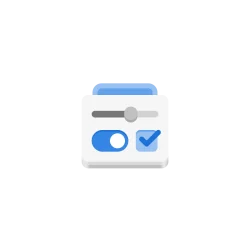Blender, the popular free open-source 3D animation software, announced new 4.2 release few days ago this Tuesday!
Blender 4.2 is a Long Term Support (LTS) release with 2 years support for critical fixes. It introduced new EEVEE render engine, which is completely rewritten from scratch.
The new engine features screen space global illumination, real displacement, better Subsurface Scattering, much more stable Dithered volumetrics result while navigating the scene, motion blur in 3D viewport, as well as:
- Virtual Shadow maps,
- unlimited BSDFs and unlimited number of lights,
- New Transparent Shadows option,
- multi-trheaded shader compilation,
- Shadow Map Raytracing and more.
The migration to the new render engine happens automatically and most scenes should just work. However, some adjustments are required for a smooth transition and there are limitations.
The new release also features massive upgrade for Cycles for faster rendering, smoother experience, and better looking.
They include new Ray Portal BSDF transports rays that enter to another location in the scene. The Principled BSDF now supports physically accurate thin film interference effects for specular reflection and transmission. And, blue noise dithered sampling to improve the visual quality of renders. As well as:
- Smoother results for spotlights and area lights, less noise, and faster rendering.
- Upgraded to OpenImageDenoise 2.3 for improved quality
- New World Override option for View Layers
- Reduced Blender installation size due to GPU kernels compression
- GPU accelerated denoising support for AMD GPUs on Windows + Linux
- GPU accelerated denoising supported on CPU renders
- Intel GPU rendering now supports host memory fallback
- Motion Blur settings are now shared with EEVEE
Blender 4.2 also unified add-ons and themes as Extensions, which can be updated from within Blender.
Extensions can be installed from website, such as the free open-source community managed extensions.blender.org, or installed from local disk without internet access.
It supports legacy add-ons, and checks for updates automatically, though can be disabled in per-repository basis.
For Linux user, image copy and paste now works in Wayland session. And, it now supports for registering & unregistering file-type associations.
Other changes include:
- Khronos PBR Neutral tone mapper.
- Polyline gestures allowing for a quick way to create polygonal shapes.
- Line gesture supported for Trim, Face Set, and Hide.
- Multi-threading optimizations
- Import/Export hair curves
- Import point clouds.
- Import multiple Alembic files at once
- Portable user configuration: create a folder named “portable” next to where you run Blender, and it will attempt to load (or create) settings in that folder first.
For more changes about Blender 4.2, see the official release note.
How to Get Blender 4.2
Blender website provides the Windows, macOS, Linux packages, as well as source code for downloading via the link button below:
For Ubuntu, the easiest way is to install the Snap package from either Ubuntu Software or App Center, though it runs in sandbox.
For choices, there are also Flatpak package that works in most Linux and portable Linux tarball (see step by step guide for how to install the portable tarball).



